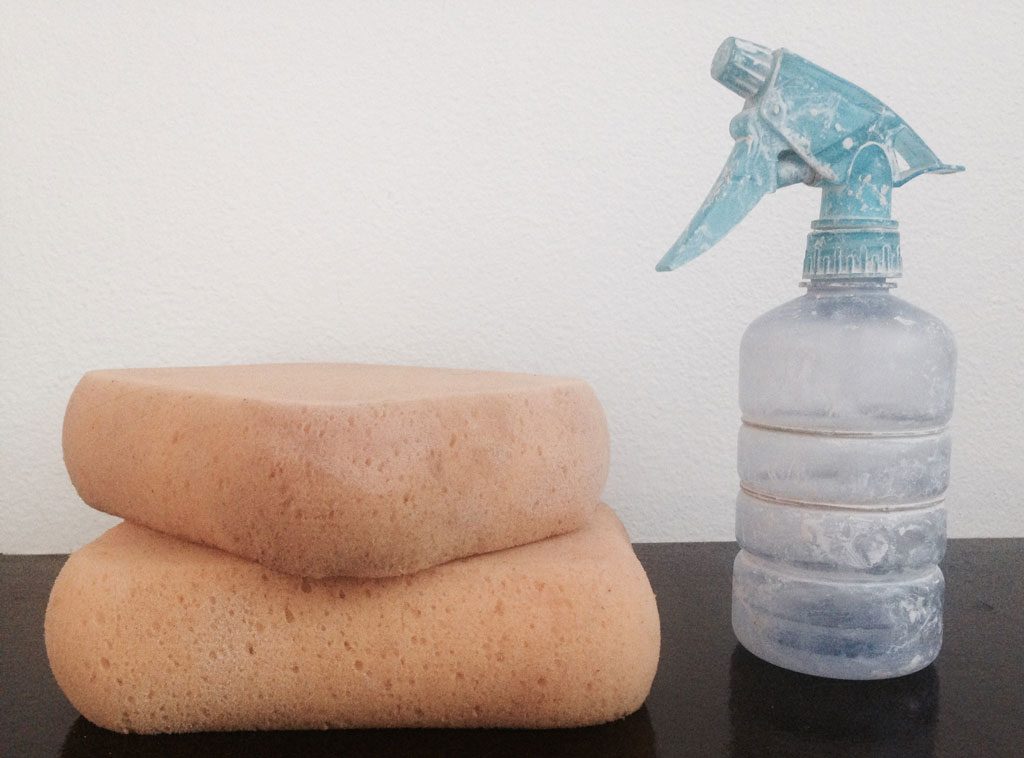When you talk about bringing clay into a teacher’s classroom, you can see the cringe creep across their faces as they imagine the amount of clean up involved in making these clay projects. But after over 10 years of teaching clay in other teachers classrooms, I’m here to tell you that it’s possible to do clay projects and not make a huge mess.
First, each student gets a board to work on at their spot. This board helps keep them, their desk and their project contained. In the beginning, I had canvas covered wood boards that were stacked into a wooden wine crate, but it was heavy to cart around and the crate only fit 20 boards. So I switched to using plastic cutting boards from Ikea. They worked great; they were affordable, durable, lightweight to carry classroom to classroom and easy to clean.

The other key to keeping the classroom clean is to not use slip (clay and water mixed together into a muddy slurry) when attaching clay parts together. Generally, slip is used as a ‘clay glue’ and the proper attaching technique is to score both parts of the clay you want to attach, then paint on a little slip and smooth the parts together. Slip and kids are a messy combination and I found that just scoring the clay and blending, really did the job, which allowed me to eliminate using slip in the classroom altogether. To remind the students that they still needed to score their clay thoroughly, I dubbed the technique: ‘scratch-to-attach’ as an easy way to remember this crucial building step. If student’s clay becomes a little dry through the building process, I bring a spray bottle of water that I can give each project a little spray as needed, keeping the water mess to a minimum.
Once all the projects are finished and it’s time to put away all the clay tools, I ask students to make a ball from all of their remaining clay bits and return that to the clay bag. I ask them to brush any remaining dust or crumbs of clay into their hand and dump that in the garbage or into the clay recycling bin if you have one and then return their cutting boards to the designated box. Once that’s done, they can use a big sponge to wipe down their desks and double check for any clay that may have fallen on the floor. At that point, your classroom should be clay free and students can get back to books.